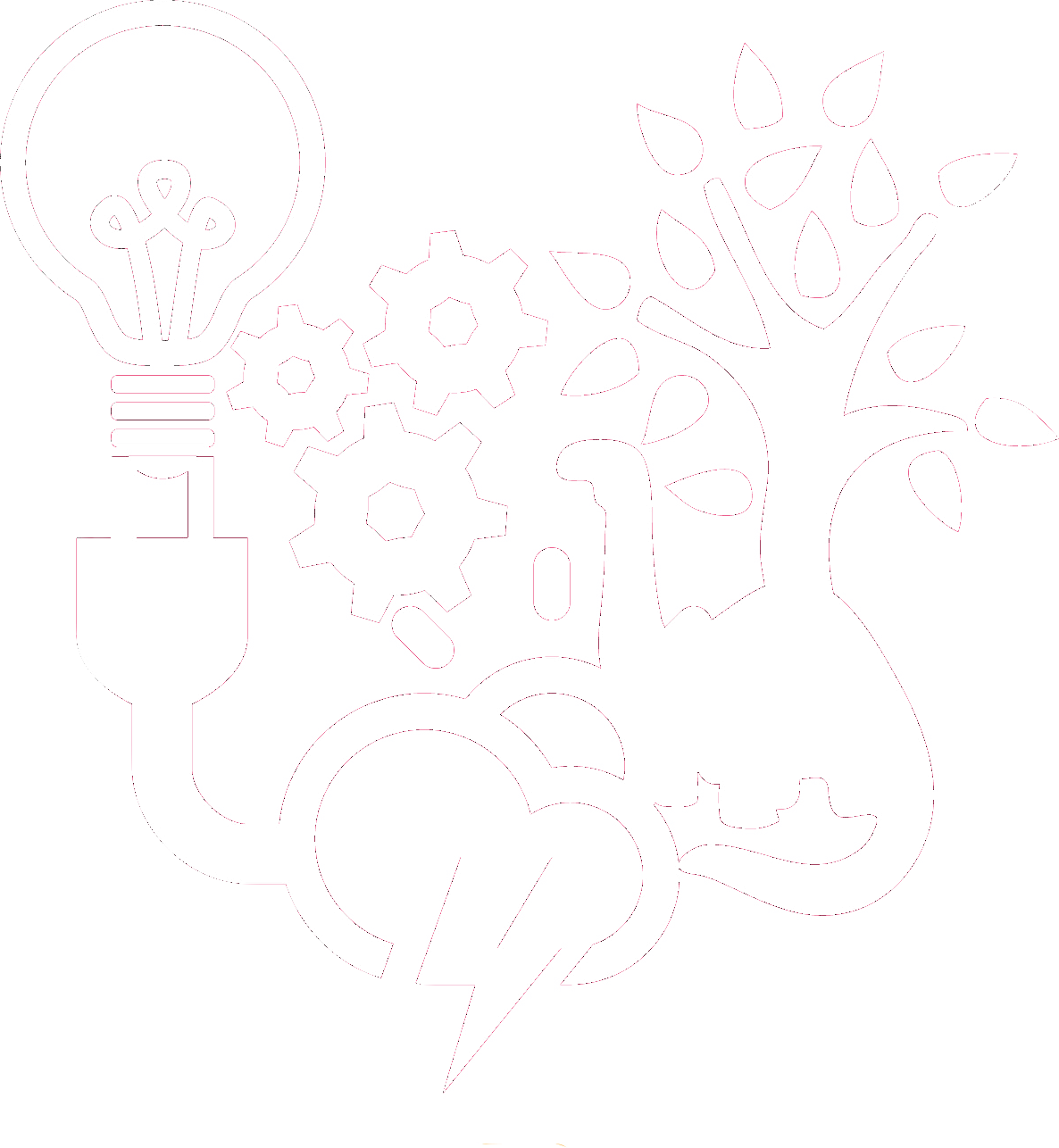UUTTA 2024 NEW
NOTE! Scroll down for English text
Töiden määrän rajaus
TuKoKe-kilpailijalla voi olla enintään kaksi työtä / osallistumiskerta.
Yhteyshenkilö voi ilmoittaa useamman kilpailijan töitä.
Kuva/Photo by Steve Johnson on Unsplash
Tekoäly apuna?
Tekoälyn käyttö on yleistynyt ja monet oppilaitoksetkin antavat mahdollisuuden käyttää tekoälyä osana opintoja.
Jos käytät tekoälyä apuna TuKoKe projektissa, on tärkeää dokumentoida sen käyttö ja vaikutukset selkeästi työn raportissa.
Oleellista on kertoa
mitä tekoälyavustajaa on käytetty
mihin tehtäviin tekoälyapua on käytetty ja kuinka paljon
miten tekoälyn antamat ”tulokset” on tarkistettu (virheet ja suoranaiset valheet)
HUOM! Työn ohjaajan roolina vahvistaa käyttö/ei-käyttö omalla kommentillaan osana työ raporttia.
Miten kerron tekoälyn käytöstä TuKoKe-raportissani?
Seuraavassa on muutamia vinkkejä miten kuvaat tekoälyn osuutta työssäsi. Muista, että raporttisi tulisi olla selkeä ja ymmärrettävä myös niille, jotka eivät ole syvällisesti perehtyneet tekoälyyn.
Johdanto:
Alussa esittele lyhyesti tekoälyn käyttö tavoitteenasi.
Selitä, miksi valitsit käyttää tekoälyä ja mitä hyötyjä odotat sen tuovan tutkimukseesi.
Taustatiedot tekoälystä:
Anna lyhyt yleiskatsaus tekoälystä ja käytetyistä menetelmistä. Selitä perustiedot tekoälyalgoritmeista, sillä kaikki lukijat eivät välttämättä ole perehtynyt aiheeseen.
Tutkimuskysymykset ja -ongelmat:
Määrittele selvästi, mitkä ovat tutkimuskysymyksesi ja -ongelmasi ja kuinka tekoäly liittyy niihin.
Kerro, miten tekoälyn avulla pyrit ratkaisemaan tutkimuskysymyksiäsi.
Metodologia:
Kuvaile yksityiskohtaisesti, miten olet käyttänyt tekoälyä tutkimuksessasi.
Mainitse käytetyt tekoälyalgoritmit, ohjelmistot ja kirjastot.
Jos olet tehnyt mukautuksia tai kehittänyt omia malleja, anna niistä yksityiskohtainen kuvaus.
Aineisto ja datan keruu:
Kerro, millaista dataa käytit ja miten se kerättiin.
Käytitkö koulutusdataa, ja jos käytit, mistä se koostuu?
Tulokset:
Esitä tekoälyn avulla saavutetut tulokset selkeästi.
Kuvaa, miten tekoäly vaikutti tutkimustuloksiisi.
Eettiset näkökohdat:
Pohdi eettisiä näkökohtia, jotka liittyvät tekoälyn käyttöön tutkimuksessasi.
Mieti, miten olet käsitellyt mahdolliset eettiset haasteet.
Yhteenveto ja pohdinta:
Pohdi yhteenvedossa sitä, mitä opit tekoälyn käytöstä tutkimuksessasi.
Pohdi myös mahdollisia rajoituksia ja tulevaisuuden tutkimussuuntia, jotka liittyvät tekoälyn käyttöön.
Liitteet:
Liitä raporttiin tarvittavat liitteet, kuten koodiesimerkit, tekoälymallien arkkitehtuurit ja muut tekniset yksityiskohdat.
Lähdeluettelo:
Viittaa kaikkiin käyttämiisi tekoälyyn liittyviin lähteisiin ja resursseihin.
NEW 2024
Limitation of the number of works per person
A TuKoKe competitor can have a maximum of two entries per session.
The contact person may enter more than one entry.
Kuva/Photo by Steve Johnson on Unsplash
Was AI there to help?
The use of AI is becoming more widespread and many educational institutions are now giving students the opportunity to use AI as part of their studies.
If you used AI as an aid in a TuKoKe project, it is important to clearly document its use and impact in the work report.
It is essential to explain
which AI assistant has been used
the tasks for which the AI has been used and how much
how the "results" provided by the AI have been checked (errors and outright lies)
NOTE! The role of the supervisor is to confirm the use/not use with his/her own comments as part of the work report.
How to describe AI aid in my report?
Here are some tips on how to describe the contribution of AI in your work. Remember that your report should be clear and understandable even for those who are not deeply familiar with AI.
Introduction:
At the beginning, briefly introduce the use of AI in your objective.
Explain why you chose to use AI and what benefits you expect it to bring to your research.
What is the background information on AI?
Provide a brief overview of AI and the methods used. Explain the basic knowledge of AI algorithms, as not all readers may be familiar with the topic.
Research questions:
Clearly define what your research questions and problems are and how AI relates to them.
Explain how AI will be used to address your research questions and issues.
Methodology:
Describe in detail how you have used AI in your research.
Mention the AI algorithms, software and libraries used.
If you have made adaptations or developed your own models, please provide a detailed description.
Data and data collection:
Describe the type of data you used and how it was collected.
Did you use training data and, if so, what is the content?
Results:
Clearly present the results achieved using AI.
Describe how AI contributed to your findings.
Ethical considerations:
Discuss ethical considerations related to the use of AI in your research.
Consider how you have addressed any ethical challenges.
Summary and reflection:
Summarize what you learned about using AI in your research.
Reflect on possible limitations and future research directions related to the use of AI.
Appendices:
Include relevant appendices in your report, such as code examples, AI model architectures, and other technical details.
A list of references:
Reference all sources and resources related to AI that you used.



